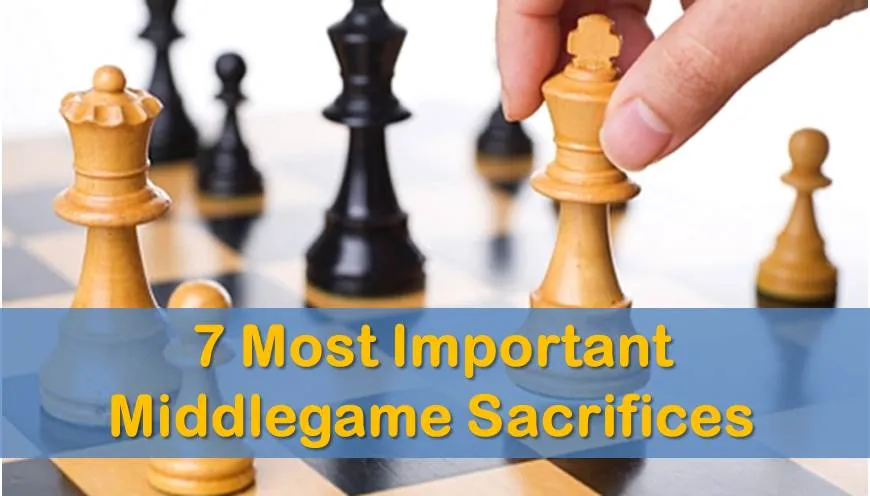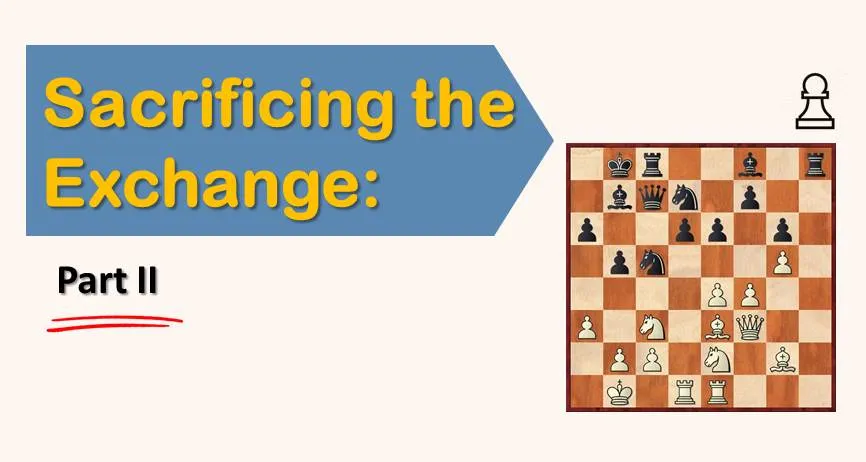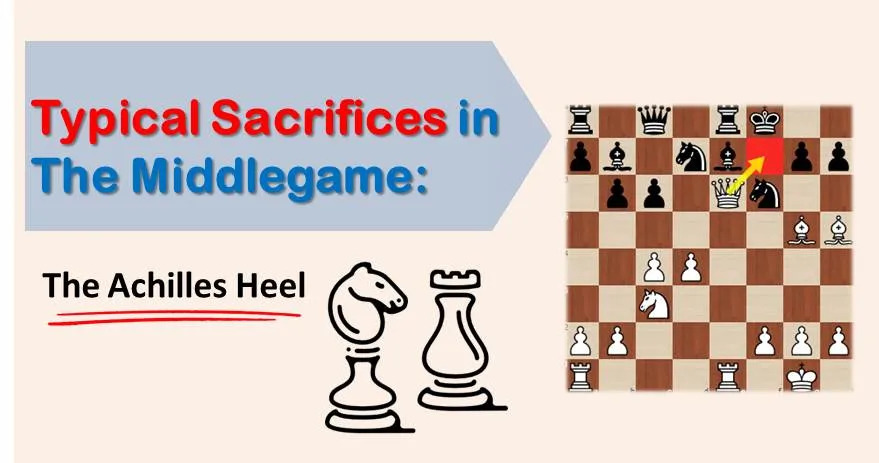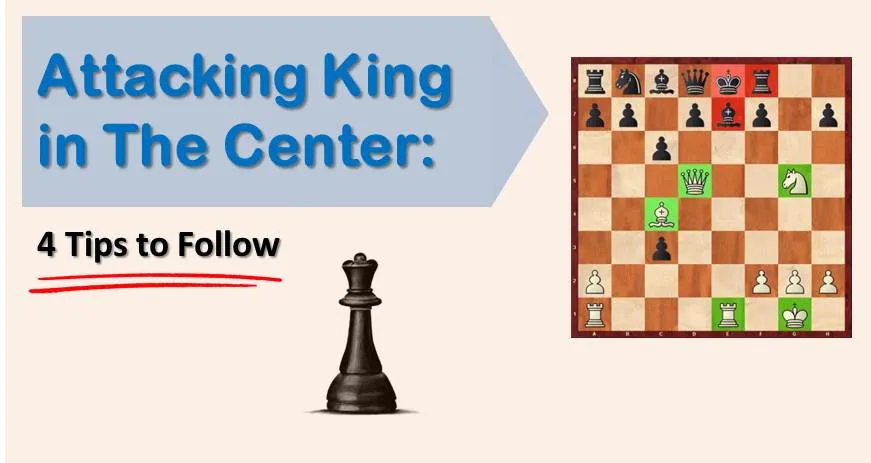7 Most Important Middlegame Sacrifices That Win Games

A good sacrifice is something that can completely change the evaluation of the position. It can save the game when you’re in trouble, or it can help you win when the positions are nearly equal. Most amateur chess players are afraid to sacrifice pieces because they don’t feel confident and don’t want to take any risks. Today we will discuss the seven most common and important sacrifices that a player of any level should keep in mind.
1. Sacrifice on d5
The Sicilian Defence is known as one of the most aggressive openings. There are many forced lines that both sides usually need to know by heart and it’s not unusual to see black’s king left in the center. In most of the lines, both sides are eyeing the enemy king and tactical blows are very common. We have already discussed the idea of sacrificing a piece on b5, when white usually gets three pawns back and a powerful attack, and today we are going to present you another thematic sacrifice for white – giving up the knight on d5.

2. Sacrifice on b5
It’s a common idea, and it should be well known to the Sicilian experts. However, due to the popularity of lines which have nothing to do with this idea, it may remain unknown to the players with less experience on this opening.

If you want to improve your positional chess and start converting more middlegames into wins, you should give a try to our training course which covers most important middlegame positions in a step-by-step easy to follow and understand way.
3. Sacrifice on e6
We continue talking about basic ideas and sacrifices any chess player should be aware of. We have covered so far the very well known f7 (f2) and h7 (h2) sacrifices, the double bishop sacrifice and the sacrifice on b5 that occurs mostly in the Sicilian Defense.

4. Sacrifice on f7
In chess, the f7 (f2) square is well known as the “Achilles Heel” of the position. The name has been given from the fact that this is the weakest point in each player’s camp. If you take a look at every initial pawn square, you will notice that this one is the only one that’s protected once and the protecting piece is not even a strong one, but the king!

5. Double bishop sacrifice
Continuing our series of typical sacrifices in the middlegame, we are going to present you in this article the double bishop sacrifice. It starts out as a classical bishop sacrifice on h7 (h2), but giving up the other bishop too on g7 (g2) can prove devastating for the king’s security.

6. Sacrifice on h7
Commonly known as the classical bishop sacrifice, or the Greek gift sacrifice, it can turn out to be a lethal weapon. No matter how easy it might look, this tactical idea still needs a decent degree of accuracy.

7. Giving up fianchetto bishop
In chess, the positional struggle is based on the accumulation of small advantages. There are several elements that a chess player must takes into consideration in order to unbalance the game in his favor. These elements are well known: pawn structure, bishop pair, weak squares, piece coordination, king safety, just to name a few of the most commonly used factors.

If you want to improve your chess level, you need to have a clear study plan. If you aim for a dramatic improvement at chess you need to work on all of the elements of the game in a systematic way:
- tactics
- positional play
- attacking skills
- endgame technique
- classical games analysis
- psychological preparation
- and much more
That seems to be like a lot of things, and that is. But no worries, we have made it easy for you. Our comprehensive training course covers it all and much more. Sign up for 21 Day Training right now!
Ready to start winning games? Check out our store and articles:










Comments: